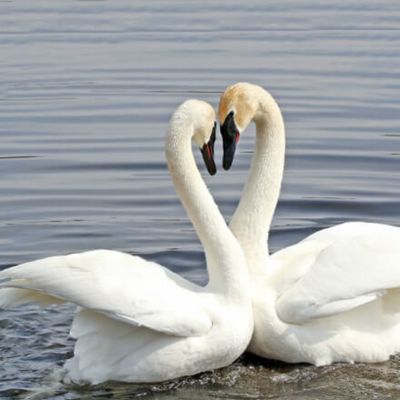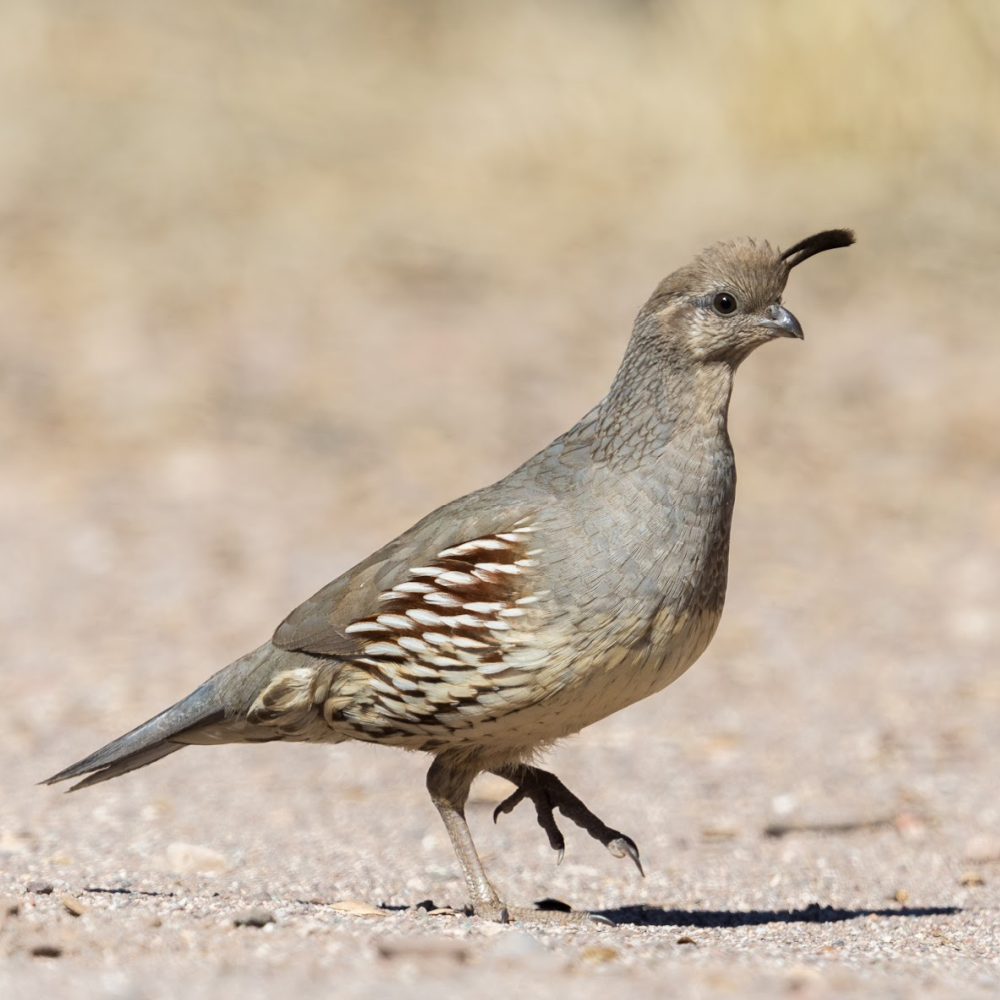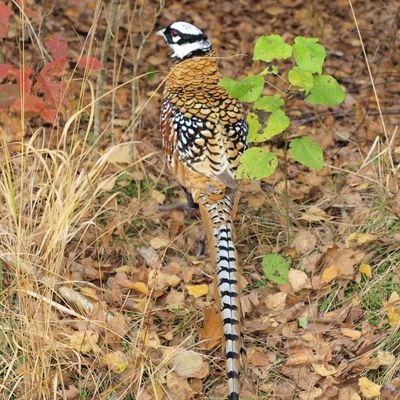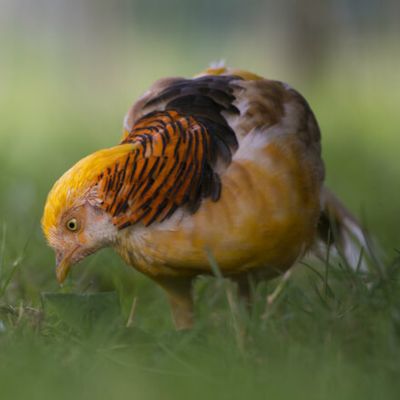Gambel's Quail Juvenile Pair
Gambel's Quail Juvenile Pair
IMPORTANT ORDERING INFORMATION: Juvenile and adult quail are shipped on Wednesdays, USPS Priority Mail Express, and will typically arrive in 1-2 days at your local post office. Juvenile and adult quail are not available for pickup. Wings can be clipped upon request.
Gambel’s Quail are smaller, ground-dwelling birds originating in the Sonoran desert in the SW United States. which covers the southern half of Arizona, and stretches into California and Mexico. Additionally, Gambel's Quail can be found in New Mexico, Nevada, Utah, and Texas. These birds are named after William Gambel, a 19th-century explorer, and naturalist. Although quite similar to the California Quail, they are not as well established.
Gambel’s Quail have small, round bodies with a blue to gray plumage covering the majority of their bodies, with the females having a duller coloring than the males. Just like the California Quail, these birds have the same top head plume of feathers that droop forward towards the face. But unlike the California Quail, the males of the Gambel’s Quail have a prominent black patch on the lower breast. In addition, they have long featherless legs and short, rounded wings. The average body length of adult birds is approximately 11 inches total, with a wingspan of 14 to 16 inches long.
Gambel’s Quail will do well in aviary settings that provide a dry ground, plenty of smaller shrubbery, and smaller size trees. Although they move around mostly on the ground, they can be seen perching on the lower limbs of shrubs and bushes from time to time.
Gambel’s Quail prefer to move on the ground, can move quite fast through the undergrowth, and are rarely seen in flight. Any flight they may display will be quick and short with rapid wingbeats. These birds have a tendency to run for cover if startled or threatened, so a calm approach to your flock is best.
Gambel’s Quail will pair off in the springtime to mate and can become quite aggressive with other pairs during mating season. They are monogamous and will not normally breed in a colony situation. The females will lay clutches of approximately 10 to 12 eggs, laid in a simple nest scraped out of the underside of vegetation at the base of a tree or rock. Egg incubation takes approximately 23 days and is normally performed by the female.
Gambel’s Quail consume a diet primarily of larger seeds, plant matter, grasses, cactus fruits, berries, insects, and cracked corn, and do most of their feeding by scratching on the ground, especially in the soft earth or areas where the soil has recently been turned up. A consistent supply of fresh game bird feed and a fresh drinking water source is recommended.






